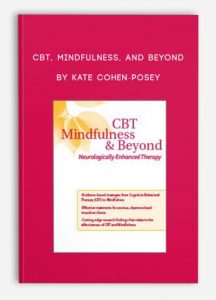 CBT, Mindfulness, and Beyond: Neurologically Enhanced Therapy by Kate Cohen-Posey
CBT, Mindfulness, and Beyond: Neurologically Enhanced Therapy by Kate Cohen-Posey
**More information:
Sale Page
Archive Page
Get CBT, Mindfulness, and Beyond: Neurologically Enhanced Therapy by Kate Cohen-Posey at
Description
- Evidence-based strategies from Cognitive Behavioral Therapy (CBT) to Mindfulness
- Effective treatments for anxious, depressed and impulsive clients
- Neuroscience findings that integrate CBT and Mindfulness with other cutting-edge approaches
Do you feel stuck, frustrated or even discouraged with your current treatment approach?
Your client may be feeling the same way—resistant, unsatisfied and struggling not to relapse.
Discover how you can finally make progress by using cutting-edge techniques from Cognitive Behavioral Therapy (CBT) and Mindfulness. Together, CBT and Mindfulness have been proven to be highly effective for even the most challenging clients. Including those suffering from:
- Anxiety
- Depression
- PTSD
- Substance abuse
- Personality disorders
Join Master Clinician, National Trainer, and author Kate Cohen-Posey, MS, LMHC, LMFT, for this experiential workshop, giving you the tools and strategies you need to apply CBT and Mindfulness to your practice. You’ll learn simple and advanced techniques, customizable for individual client needs.
Finally, you and your clients can move forward in therapy, avoid relapse and find satisfaction in treatment.
CBT, MINDFULNESS, AND THE LATEST RESEARCH
CBT
- Demonstration: Use the CBT Thought Record
- CBT Protocol and Fidelity Scales
- Uncover core beliefs with guided discovery
- Demonstration: strategies that change core beliefs
- The impact of changing 12% of automatic thoughts
- Cognitive and affective principles compared
Mindfulness
- Introduce clients to mindfulness*
- Three skills necessary for mindfulness*
- Everyday mindfulness*
- Body scans and the dopamine effect*
- Neurological advantages of compassion meditation*
- Mindfulness, the vagus nerve, and the dive reflex*
- Research on the efficacy of Mindfulness
Innovations on Mindfulness and CBT
- Cognitive restructuring v. cognitive de-fusion
- The language of parts and 2nd person core beliefs
- Three Ds: de-centering, de-fusion, dis-identification
- Exercise: Identify 2nd Person Core Beliefs
- Exercise: Personify core beliefs
- Accessing Insight, the self, and consciousness
- Exercise: Identify with and name resources*
- Neural research on Imagery
- Demonstration: Neurologically Enhanced Therapy (NET)
- Exercise: Dialogue Between Resources and Parts*
- Reverse dialogue—case example
- Compare traditional CBT and novel approaches
Treatment Protocols for Specific Disorders
- Behavior and anxiety disorders of childhood
- Anger management issues—reset affective curits
- Unresolved grief
- Panic Disorder—neutralize a surge of adrenalin
- OCD—charge an underactive caudate nucleus
- Obsessive jealously
- Impulse control disorders—apply trauma strategies to positive feeling states
*Items involve experiential exercises
More information about Medical:
Medicine is the science and practice of establishing the diagnosis, prognosis, treatment, and prevention of disease.
Medicine encompasses a variety of health care practices evolved to maintain and restore health by the prevention and treatment of illness.
Contemporary medicine applies biomedical sciences, biomedical research, genetics, and medical technology to diagnose, treat, and prevent injury and disease,
typically through pharmaceuticals or surgery, but also through therapies as diverse as psychotherapy, external splints and traction, medical devices, biologics, and ionizing radiation, amongst others.
Medicine has been around for thousands of years, during most of which it was an art (an area of skill and knowledge) frequently having connections to the religious and
philosophical beliefs of local culture. For example, a medicine man would apply herbs and say prayers for healing, or an ancient philosopher and physician would apply bloodletting according to the theories of humorism.
In recent centuries, since the advent of modern science, most medicine has become a combination of art and science (both basic and applied, under the umbrella of medical science).
While stitching technique for sutures is an art learned through practice, the knowledge of what happens at the cellular and molecular level in the tissues being stitched arises through science.


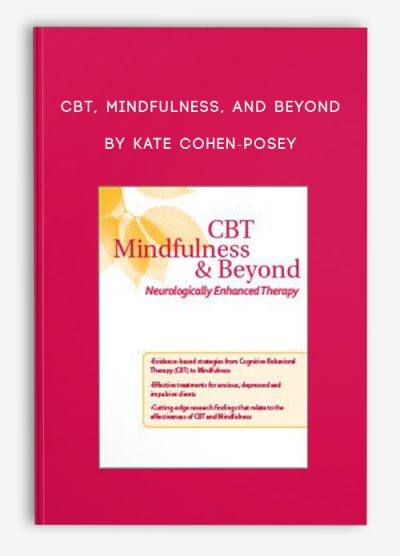


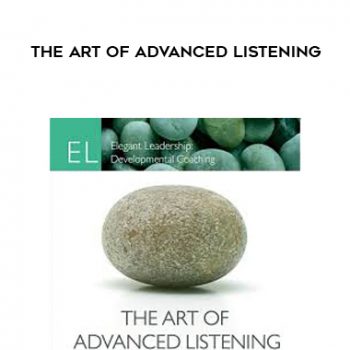
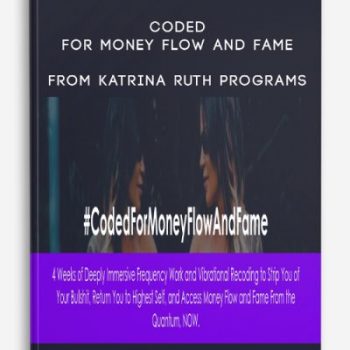
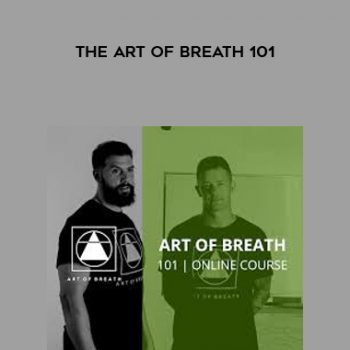
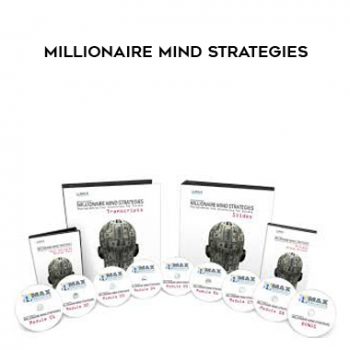
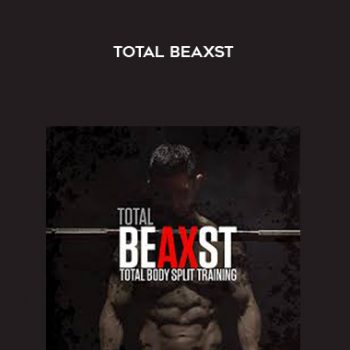
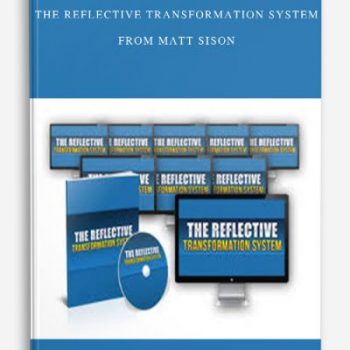
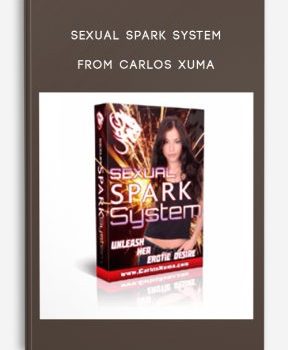
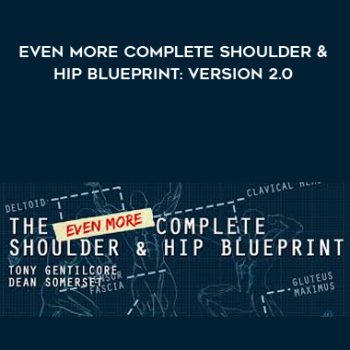
tristian –
This is Digital Download service, the course is available at Coursecui.com and Email download delivery.